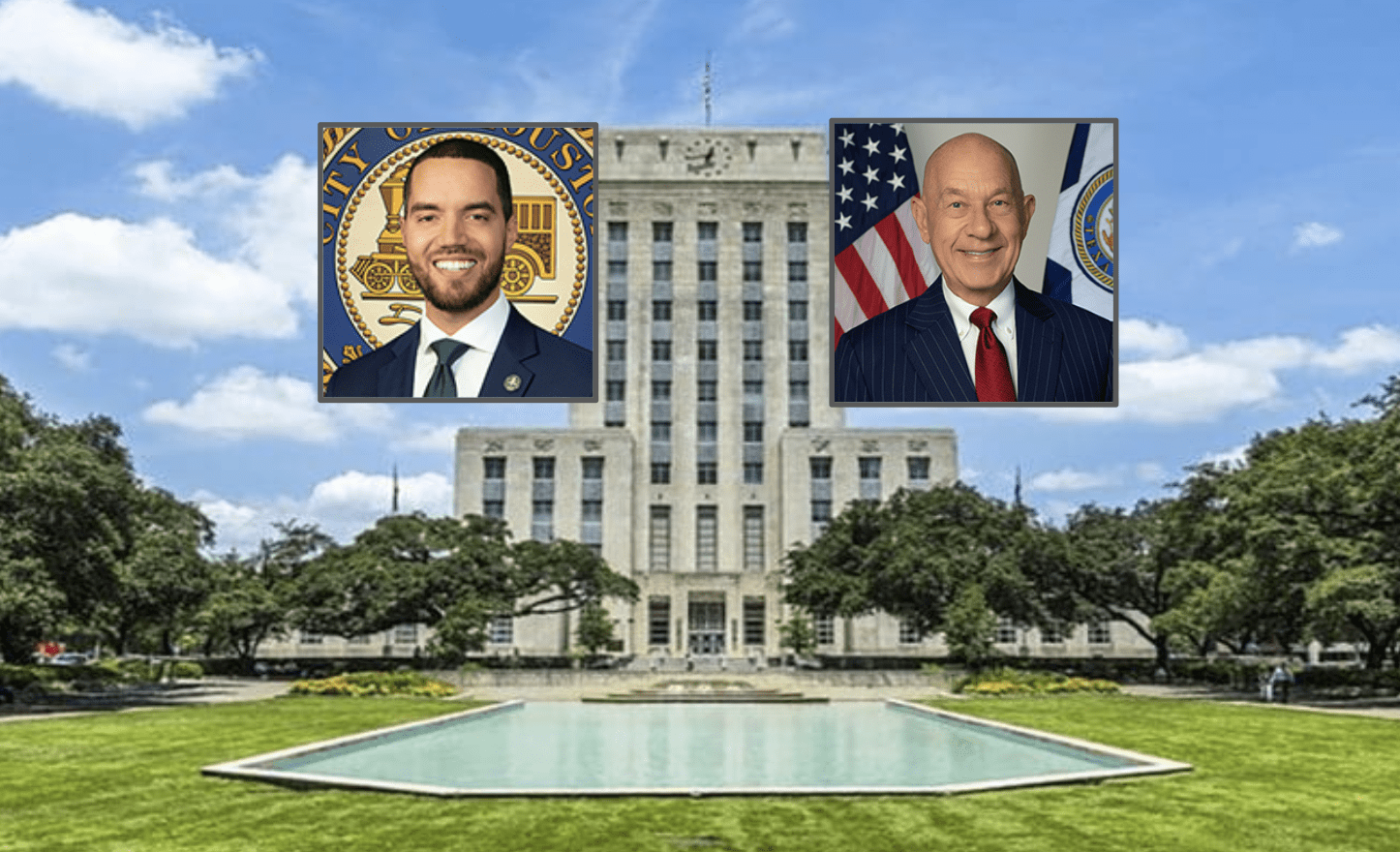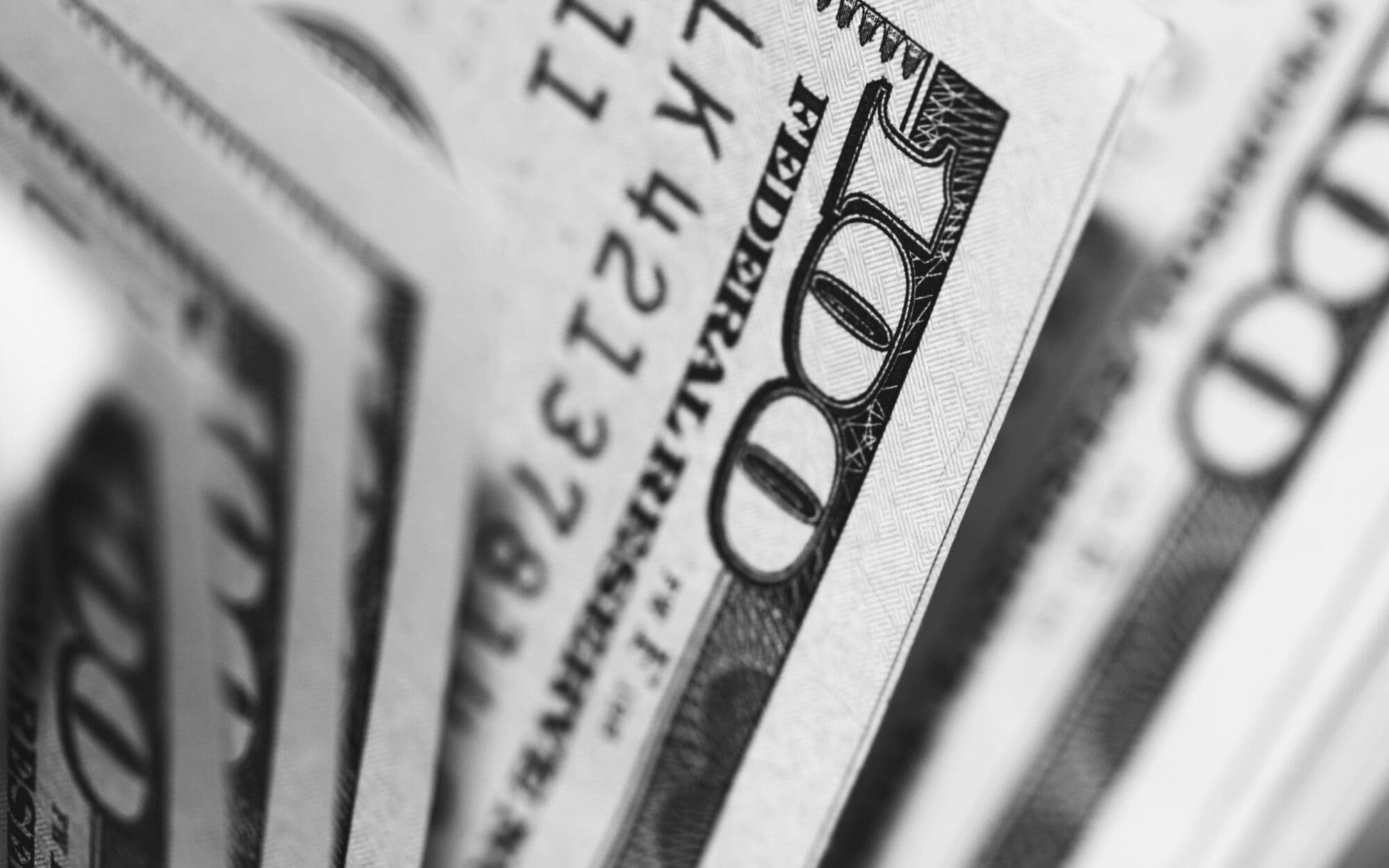Taxpayers in Upton County, nestled in the Permian Basin, have experienced a mix of tax rate changes across local entities. Some have reduced rates significantly, while others have increased them.
This analysis is part of our ongoing look at property tax rates across all 254 counties in Texas over the three-year period from 2019 to 2022 using tax rates and average taxable values from all taxing entities in a given county.
Typically, every county has a mix of lower, maintained, or higher taxes, and that’s certainly the case for Upton County.
Several taxing entities in Upton County stand out for lowering their rates during this period.
Among the most taxpayer-friendly changes was the reduction implemented by Upton County, which cut rates and lowered bills, showcasing a commitment to financial prudence amid rising property values.
Upton County reduced its rate from 0.2925 in 2019 to 0.2000 in 2022, marking a notable 31.62 percent decrease. Similarly, the Upton County Water District slightly lowered its rate from 0.0034 to 0.0029, offering some relief to taxpayers.
The lowered rate resulted in an unchanged total tax bill for the water district. For the county itself, the raw tax bill was lowered despite increasing property valuations.
Not all entities followed the trend of reduction. The City of McCamey increased its rate from 0.3700 to 0.4250, while the McCamey Emergency District saw a 77.72 percent hike, raising its rate from 0.0615 in 2019 to 0.1093 in 2022.
In 2022, Rankin ISD issued a $2 million bond for instructional technology and a much larger $123 million bond for new school buildings, technology, and teacher housing. Also, $12 million was used to purchase the county golf course. The bond was overwhelmingly approved.
With around 3,000 residents, Upton County is one of the smallest counties in Texas by population. None of the county’s taxing entities employ taxpayer-funded lobbyists.
From now until tax day in 2025, Texas Scorecard will report on counties across the state, highlighting local officials who are working to lighten, or at the very least not increase, property taxpayers’ burdens.
Conversely, public servants who have added to taxpayers’ already burdensome loads will also come under scrutiny.





